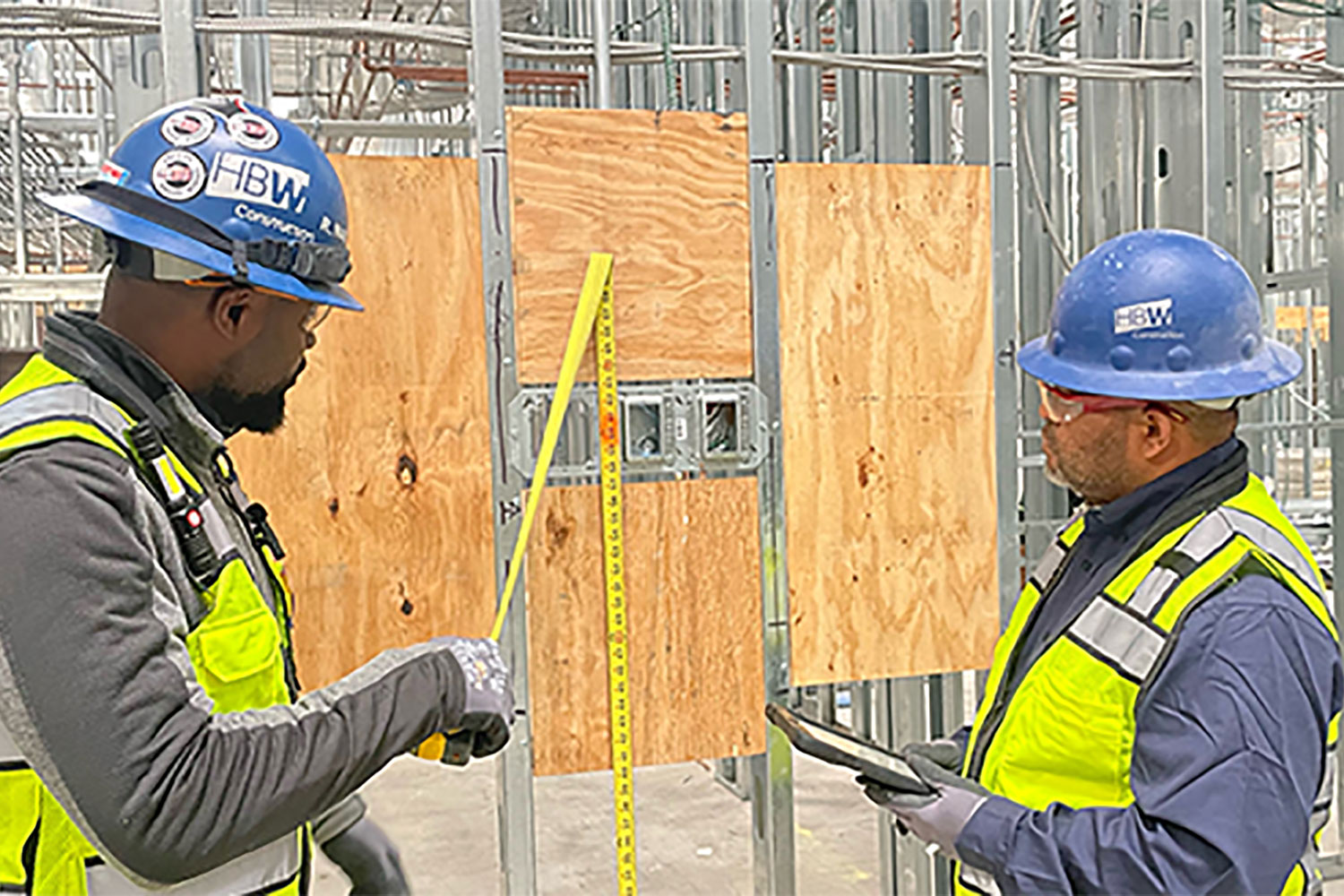Some changes, such as videoconferencing capabilities, have improved communication clarity and efficiency throughout a project. On the safety side, our efforts with masking, temperature checks, social distancing and contact tracing reduce illness and absenteeism.
What should clients and project partners expect from their construction team going forward? We anticipate continued use of safety best practices that we’ve learned from our job sites in a pandemic. When you choose a commercial construction firm, consider these practices as part of overall quality control in construction.
Communication Expectations
Going forward, project partners will need to move fluidly between hybrid and remote communications. This means that superintendents should have the most up-to-date videoconferencing platforms available to them — as well as training on those platforms to set up or attend meetings.
We learned in 2020 that each jurisdiction may also have different regulations with regard to job site communications. In some cases, an inspector might leave the job site if a crew member was not masked or if the job site wasn’t cleared of crew upon arrival. We updated our field operations portal regularly to give our supers the most up-to-date information for 16 different jurisdictions. Staying informed on CDC, OSHA and other regulatory updates will continue to inform our safety protocols.
Improved meeting attendance is another positive outcome of accessible communications tools. Crews don’t have to leave the job site to hop on a video conference. Daily and weekly meetings are more efficient, and crew members can get direct and consistent updates. Ultimately, this approach enhances quality control in construction.
Crew Safety Expectations
Job site safety has always been a priority, but job sites in a pandemic have taught us the value of masking, social distancing, hand washing and clear signage more than ever before.
We quickly developed new bilingual signage for general pandemic protocols, but also for specific needs on job sites. For example, certain areas of job sites were closed off. Later, some job sites required masking while others allowed crews to work without mandated masks. In response, we created a COVID toolkit and provided training on its consistent use by each team member.
We have experienced the benefits of adapting protective gear for each job site. Pollutants like dust and silica are still present, and masking is already recommended for maintaining crew health. In addition to continued use of temperature checks and contact tracing through a subcontractor sign-in sheet, we have invested in anti-fog glasses, goggles and face shields.
After seeing the benefits of these changes on the job site in a pandemic, we have noticed that clients gravitate toward this level of quality control in construction. Proper job site management — as well as our Quality Control Program — help us to keep crews healthy. This supports our project goal of timely completion with a “zero punch list!”
Learn more about HBW’s quality control and safety practices.

